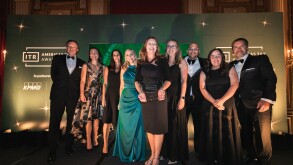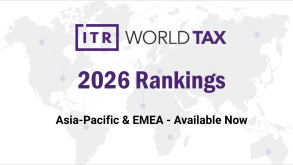The look-through approach (LTA) concept, which is used when claiming treaty benefits in Russia, has been actively applied by Russian tax authorities and taxpayers for several years. The LTA allows for the access of withholding tax (WHT) treatment in Russia under the double tax treaty (DTT) with a person, which is not an immediate recipient of a Russia-sourced income, but nonetheless is a beneficial owner of such an income.
Given the increasing case law and clarifications from authorities on LTA, key approaches used by the Russian tax authorities can be singled out when applying the LTA in particular cases.
Firstly, the Russian tax authorities tend to refuse to apply the LTA when it does not lead to additional tax assessments (especially, under the standard WHT rates without any access to treaty reliefs). The grounds for refusal may be different, with some of them listed below:
A late LTA claim by the taxpayers (i.e. after transferring the Russian-sourced income abroad and before the tax audit/court completed);
The absence of necessary documentary support or disclosure (i.e. such as beneficial ownership waiver or confirmation letters issued by the relevant entities participating within the whole cash flow structure);
The incorrect cash flow structure (i.e. when the relevant Russian-sourced income does not reach the beneficial owner claimed under the LTA in full amount or significant part thereof).
Although, some of the aforementioned grounds may be arguable (from the perspective of Russian tax law’s direct provisions and the relevant clarifications), they are nonetheless worth considering within application of the LTA.
Previously, there have been some cases when the LTA was applied by the initiative of the Russian tax authorities thereby giving the access to WHT benefits under the relevant DTT. However, note that such initiative have been mainly used when the relevant DTT gave rise to WHT in Russia, albeit not under the standard rate. Now the approach of the Russian tax authorities is that they are not obliged to perform the LTA study and find the beneficial owner in order to apply the correct WHT treatment under the relevant DTT with such beneficial owner. They limit their audit by disqualifying the immediate recipient of the Russian-sourced income as a beneficial owner and hence apply standard WHT rates.
Secondly, although the LTA is a rather efficient tool for managing WHT risks in Russia, it may be still limited in application for dividends in the following case. If a DTT between Russia and the jurisdiction in which the beneficial owner (grand or even higher parent company) resides contains an investment requirement in order to access DTT benefits, the beneficial owner – without making the necessary direct investment in the Russian company – should not be able to enjoy the WHT reduction in Russia. Most of the Russian DTTs contain the investment requirement which is not fulfilled in case of indirect holding of the Russian dividend-paying underlying subsidiaries (the exclusions are e.g. the DTTs with US, Qatar, UK, Turkey). Currently the Russian lawmakers tend to refuse fixing this issue and therefore the WHT efficiency for dividend flows under the LTA in such holding structures may be jeopardised.
To sum up, the practice on applying the LTA concept is still developing in Russia and the key trend is that the Russian tax authorities are becoming more and more aggressive in challenging the LTA. Therefore, particular attention should be given to all relevant aspects of correct LTA application in Russia depending on the nature of the Russian-sourced income (such as correct timeframes for claiming, documentary support, cash flow structure, specific treaty requirements, etc.).
Ivan Nasonov
Daria Konoplina













